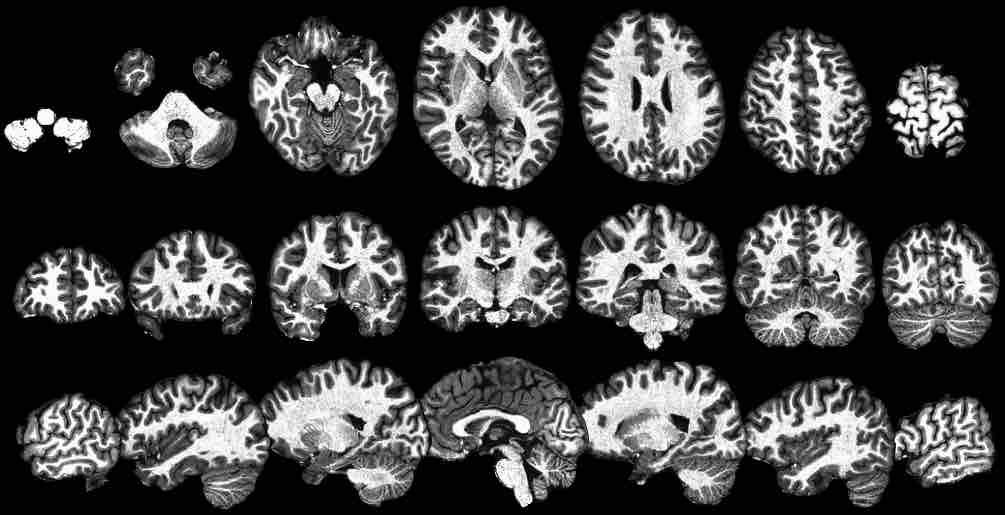
Analysis containers and compute clusters
Recently Dartmouth graduate students collectively organized a full day of workshops to share and help each other out with the plethora of data analysis tools we regularly use in our respective research endeavors. Amongst these was a brief hands-on tutorial I gave with Matteo Visconti on utilizing container-based analysis environment with Discovery, Dartmouth’s high-performance compute cluster (HPC).
For a nice primer on what containers are and how they can be useful for sharing and reproducing research I highly recommend checking out Matteo’s blog post. The general idea is to create a portable computing environment that has all the tools one might need to conduct a particular analysis workflow (i.e. the actual programs and system architecture that your analysis scripts can be executed with).
While tools like Docker have been especially popular in the software development world for this purpose, utilizing them in a computing environment where one does not have root privileges (e.g. a university HPC maintained by system administrators) is largely not possible. Singularity was developed for exactly this purpose: the benefits of a containerized analysis environment, that can be utilized on a HPC. Because getting setup can be a bit tricky, our tutorial provides basic HPC users (particularly those with personal computers running OSX) with the steps required to get going with Singularity. Just follow the link below. Enjoy.